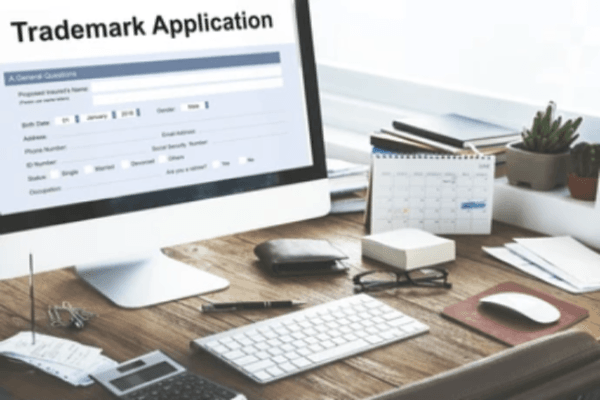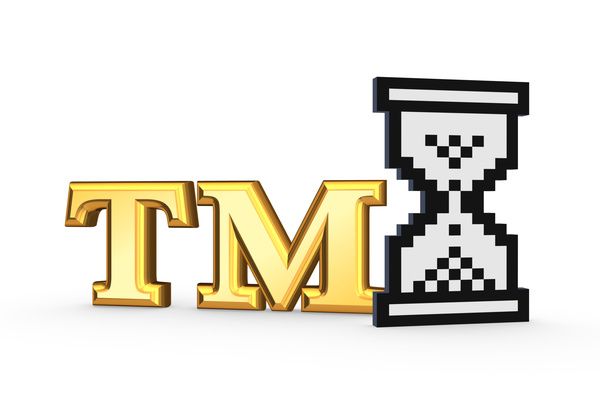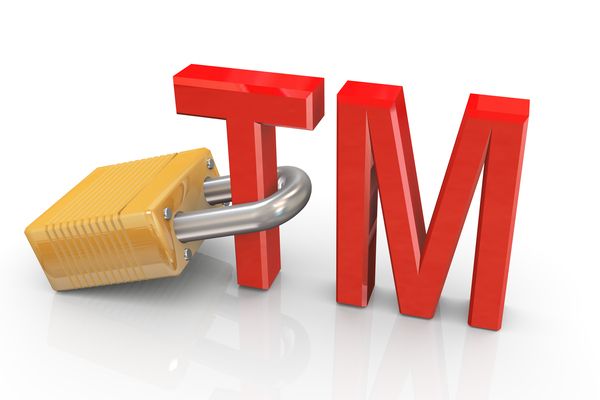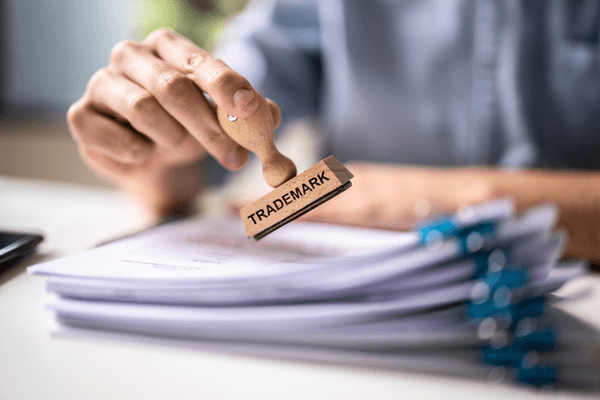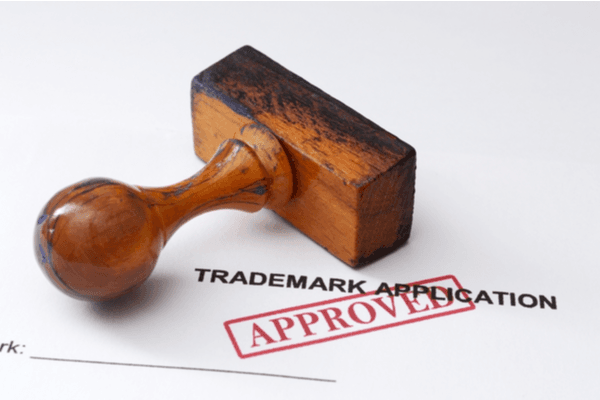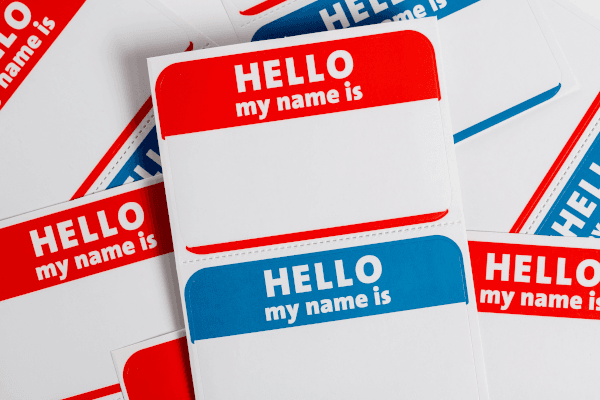5 Things You Need to Know About Trademarking a Logo
Interested in trademarking your logo? Here are five things to keep in mind before you add this extra legal protection to your creative mark.
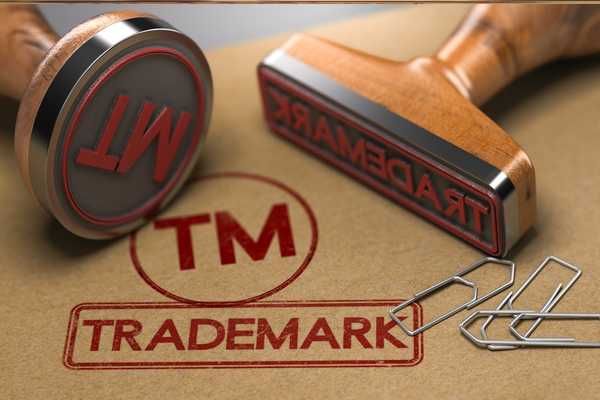

5 Things You Need to Know About How to Trademark a Logo
If you're a business owner or entrepreneur, your brand's identity is certainly important to you. You would want to take every action to ensure your business is recognized for its credibility across your target market.
This is the most common reason brands go for trademark registration. They can ensure their uniqueness is preserved and not challenged.
You might ask yourself, “How do you trademark a company logo?” If so, we’ve got you covered! This blog will cover some of the vital things you need to know while registering a federal trademark for your business logo.
Let’s begin!
1. Is it Important to Trademark a Logo?
Many small businesses hold back from registering their trademark because U.S. law gives you ownership of your logo as soon as you use the original work to market your products with your business name. However, trademark registration offers stronger protection.
With a registered trademark, you gain legal protection by declaring the sole ownership of the trademark in a specific area of commerce. This type of intellectual property also allows you to take legal action if another company uses your logo, brand name, or similar entity.
Moreover, trademark registration is valuable for those who wish to expand their business to another geographic area in the future. You gain the use of the registered trademark symbol (®), can further prevent confusion within new markets, and establish more substantial brand credibility.
2. What Are the Benefits of Trademark Registration?
There are some exclusive rights for a registered trademark owner:
Take legal action against anyone using identical or similar trademarks, regardless of geographic location.
Ask U.S. Customs and Border Protection to confiscate counterfeit and infringing goods
Bring trademark infringement lawsuits to federal court instead of state
Gain recognition as the owner of the trademark throughout the U.S.
asdf
3. What Is the Application Process to Trademark a Logo?
Step 1: Conduct a Trademark Search
The first step you should take when registering your trademark is conducting a thorough trademark search to ensure you are not violating any existing trademarks.
Ensuring that your logo design and company name are unique to your brand also expedites the trademark registration process. It’s a critical step that helps you save money you would otherwise spend trying to register a similar logo to one already trademarked and in use.
There are two ways to do a trademark search:
Check the
Trademark Electronic Search System
(TESS)
Leverage Trademark Engine’s
asdf
Step 2: Fill Out the Trademark Registration Form
Once you complete your trademark search, it’s time to fill out your trademark application and pay the required filing fees. You can go directly through the United States Patent and Trademark Office (USPTO) Trademark Electronic Application System (TEAS) or use Trademark Engine’s Trademark Registration service.
If you choose the TEAS, you need to go to the USPTO website and select from one of the two options, namely, TEAS Plus and TEAS Standard. You can apply for the one that best suits your requirements. Once you have selected the application type, you’ll provide the details and make your payment.
Alternatively, you can use Trademark Engine and let our team handle it. You’ll provide your information, and they’ll get your application filed for you.
You’ll receive an official confirmation by email after you submit your form. Then, all you have to do is wait for approval, which takes about nine to eleven months from the date you apply. A USPTO trademark attorney will review your application to ensure that it meets all legal requirements for trademark registration.
Step 3: Monitor the Application Progress Over Time
You should track your trademark application progress for three to four months via the� Trademark Status & Document Retrieval (TSDR). You can use your reference number to track the application status and ensure you abide by important deadlines.
4. Who Owns the Trademark of a Logo?
The person who files the trademark application becomes the owner of the trademark. The owner of a trademark can choose to transfer ownership by assigning the trademark to another party. This is completed with a trademark assignment.
5. What is the Approval Process Like?
USPTO officials will scan through the trademark database of existing logos to check the availability of the trademark you want to register. If they find an identical or similar trademark, your application will be rejected without a refund. If they find nothing similar and your application meets all the legal requirements, they’ll approve your mark for publication in the USPTO's weekly magazine, the "Official Gazette."
Once the magazine is circulating, anyone who notices an infringement can file an opposition within 30 days. If there is no opposition, the trademark registration is complete, and you’ll receive a registration certificate.
If someone does contest the mark, the opposition is reviewed by the USPTO, specifically the Trademark Trial and Appeal Board (TTAB). Your trademark registration is complete only if the opposing party is unsuccessful in its claim.
Are You Ready to Gain Trademark Protection?
Trademark Engine’s web-based tool can help you find the solution for any trademark or copyright issues you might have. You can perform trademark searches, obtain comprehensive reports, or get help with registering your trademark — all in one place.
Trademark Engine is not a law firm and none of the information on this website constitutes or is intended to convey legal advice. General information about the law is not the same as advice about the application of the law in a particular factual or legal situation. Individual facts and circumstances as well as legal principles including but not limited to the ones referenced on this website can affect the outcome of any given situation.
Trademark Engine cannot and does not guarantee that an application will be approved by the USPTO, that a mark will be protected from infringement under common US trademark law, or that any ensuing litigation or dispute will lead to a favorable outcome. If you want or have an interest in obtaining legal advice with respect to a specific situation or set of circumstances, you should consult with the lawyer of your choice.
Trademarket Blog
Everything you need to know about starting your business.
Each and every one of our customers is assigned a personal Business Specialist. You have their direct phone number and email. Have questions? Just call your personal Business Specialist. No need to wait in a pool of phone calls.











